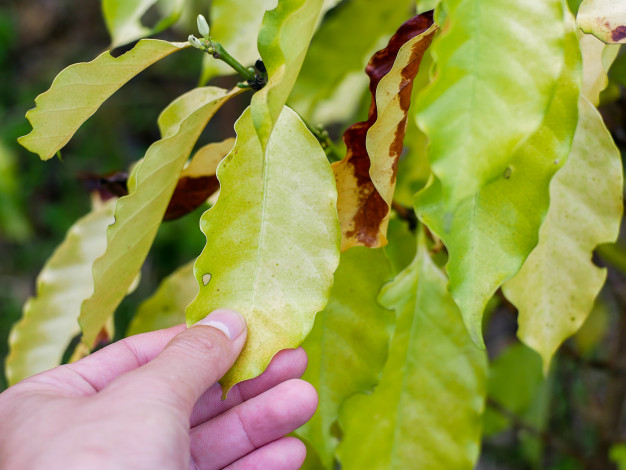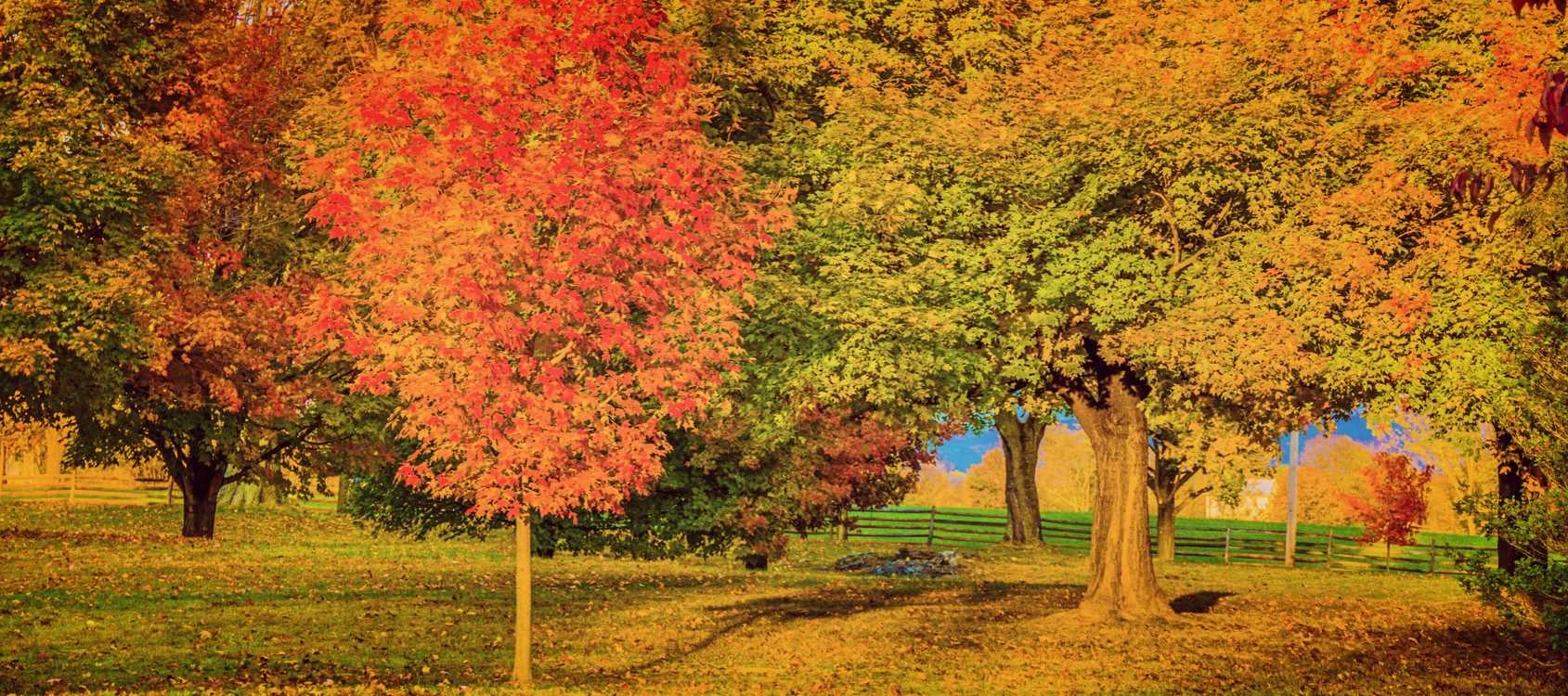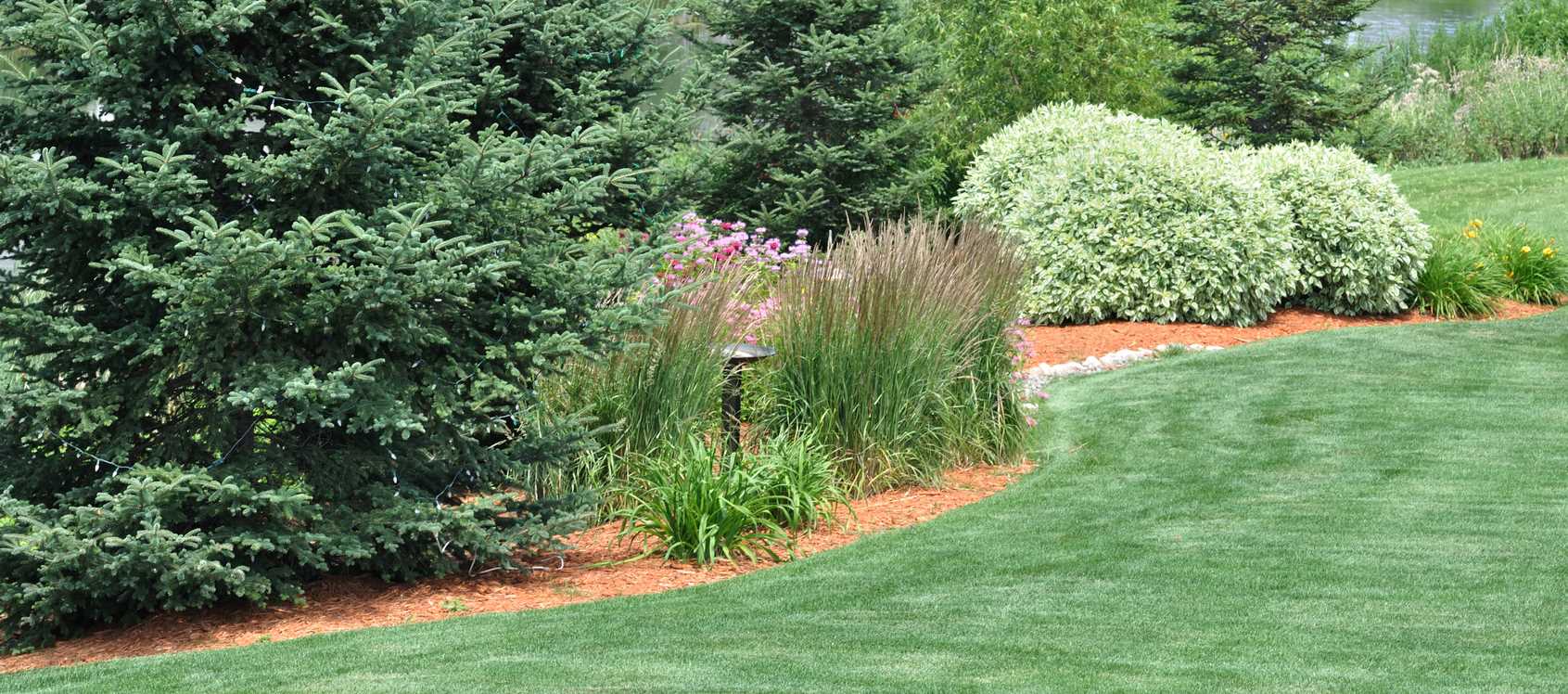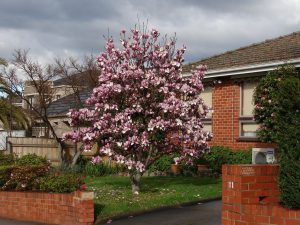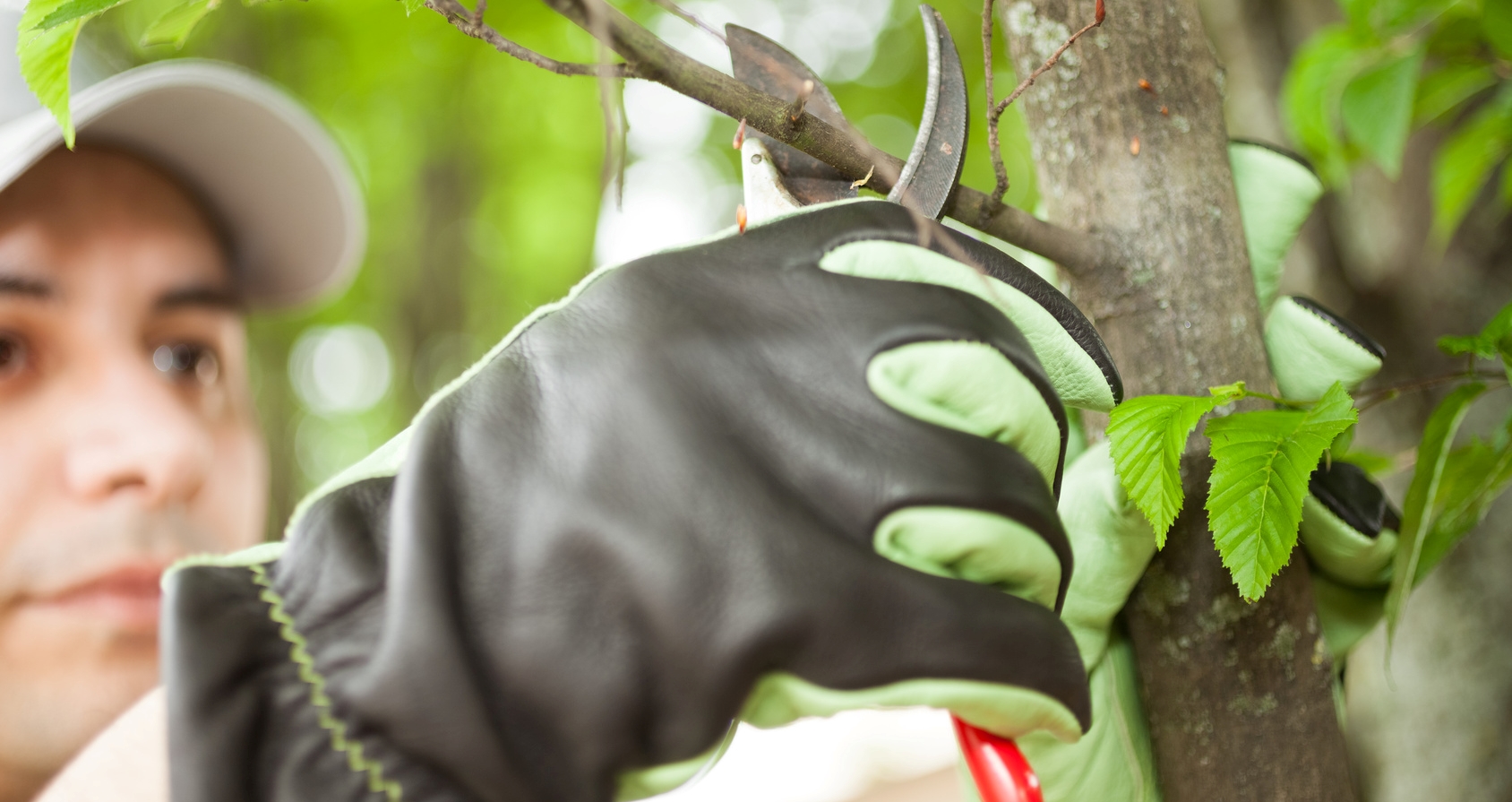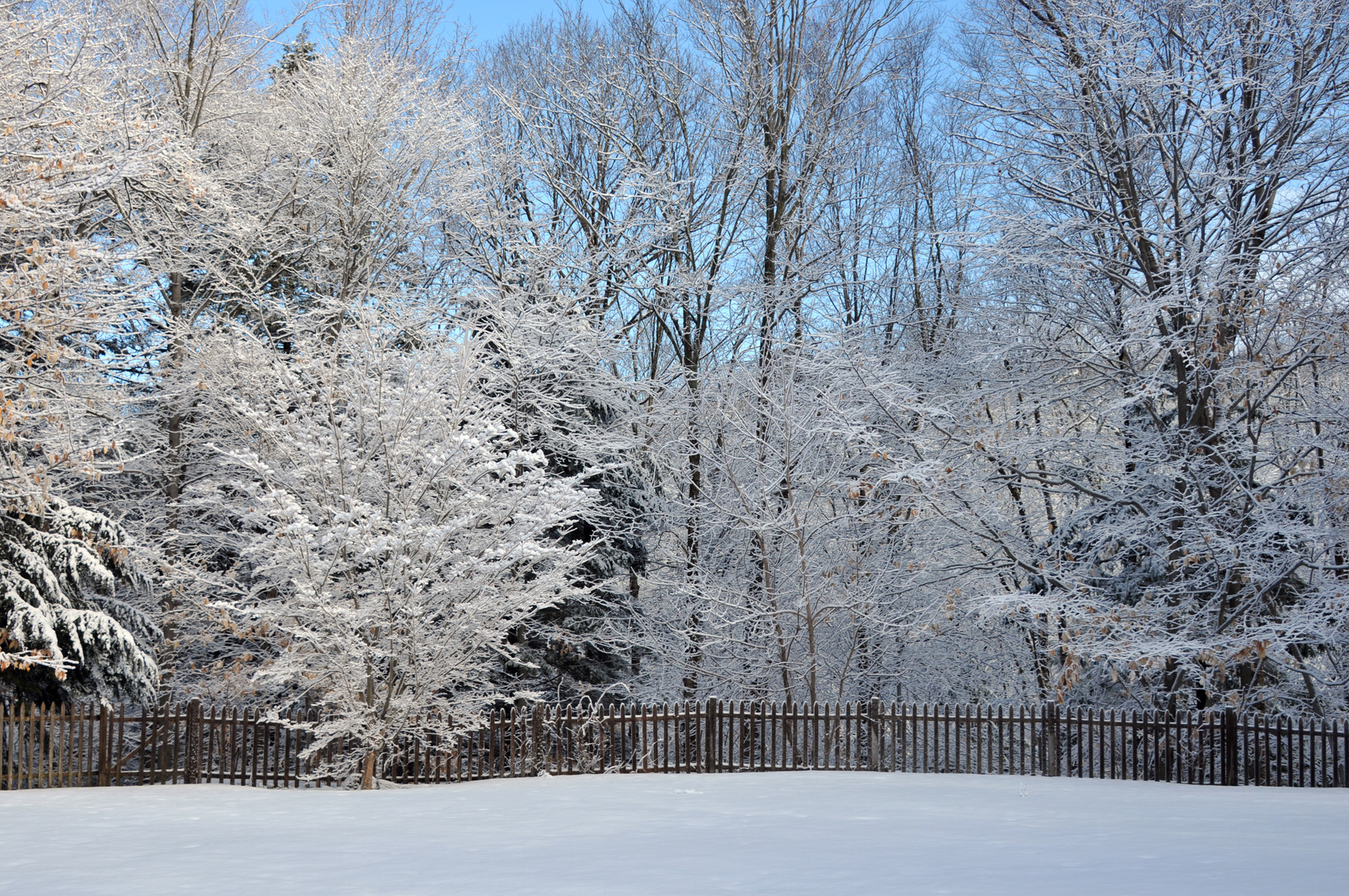Chlorosis on Trees
Click Here To Download Chlorosis on Trees
Chlorosis on Trees
DESCRIPTION
Iron or manganese chlorosis (interveinal chlorosis) describes a condition in which a tree’s foliage loses its healthy green color and fades to a pale green or yellow hue. This condition if allowed to progress will cause slow growth, leaf loss and eventually tree death. Chlorosis is often caused by deficiencies of the micro-elements iron and manganese, and is particularly prevalent in oak. In alkaline soils, iron and manganese become insoluble and unavailable to the tree. Trees growing in poorly drained soils are also susceptible to iron chlorosis
SYMPTOMS
The primary symptom is the fading of the leaf color from green to increasingly paler shades of green and, when extreme, to an almost yellow tone.
TRE ATMENT
Arborjet recommends a two-pronged approach to treating foliar chlorosis.
1)Trunk InjectionBy injecting minerals which are deficient in the tree directly into the xylem tissue, these minerals available to the tree immediately; thus, it is the fastest way to alleviate symptoms of chlorosis and improve the health of the tree. In oaks and birches, use the QUIK-jet to apply MIN-jet Iron which is specially formulated for iron deficiency. By rapidly providing the minerals the tree needs, it is able to respond rapidly and generally will have darker, healthier leaves within days or weeks of application.
2) Soil ApplicationArborjet recommends a supplemental follow up application of ROOT-jet Iron, which can be applied as a soil drench, soil injection or foliar spray. ROOT-jet Iron is formulated to help acidify the soil and provide additional nutrients to aid recovery and long term health of the tree. The addition of high quality organic matter to improve soil CEC and to buffer pH is likewise recommended.
IRON CHLOROSIS WHEN TO TREAT
Generally, the best seasons for injection are fall and spring, as uptake occurs when trees are transpiring. The environmental conditions that favor uptake are adequate soil moisture and relatively high humidity. Soil temperature should be above 40°F for trunk injection. Hot weather or dry soil conditions will result in a reduced rate of uptake, so trees should be watered if applications are made when soil is extremely dry. If treating trees in the summer, inject in the morning for the quickest uptake. Tree health will affect treatment efficacy, so assess tree health prior to treating. For example, a declining tree (>50% canopy dieback) is a poor candidate for treatment.
For foliar chlorosis, the best time to treat is in the fall, following leaf coloration for foliage responses in the following growing season. When treating in the early spring or summer, use the lowest (micro-injection) label rates. Make applications prior to bud break in spring or, alternatively following leaf maturation (June 15). Always use the lowest label rates when treating birch trees.
WHAT TO EXPECT AFTER TREATMENT
Recovery will be proportional to the level of the severity of chlorosis at the time of treatment. Response to treatment can be very rapid; you can expect to see noticeable greening and improved vitality within the growing season and often within weeks of application. Tree responses vary with soil conditions. Calcitic soils with little organic matter require comprehensive approach to treatment, including soil amendments. At Arborjet, we stress the importance of being proactive. This means that it is imperative that you treat the disease, not only the symptoms. This is why we recommend the addition of ROOT-jet Iron to the soil in order to prevent the recurrence of iron chlorosis symptoms. With the proper assessment and amendment of soil conditions, the tree may not need to be injected again for several years.

